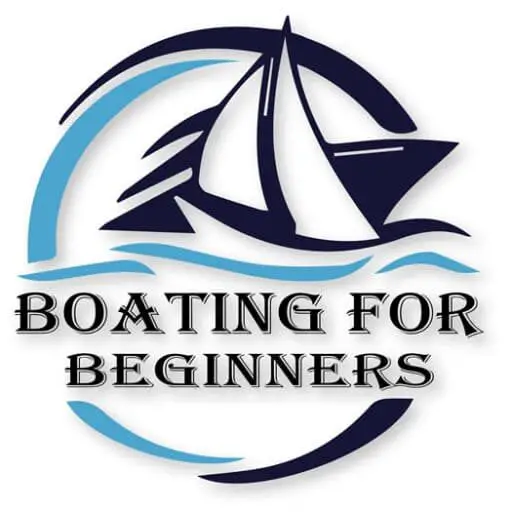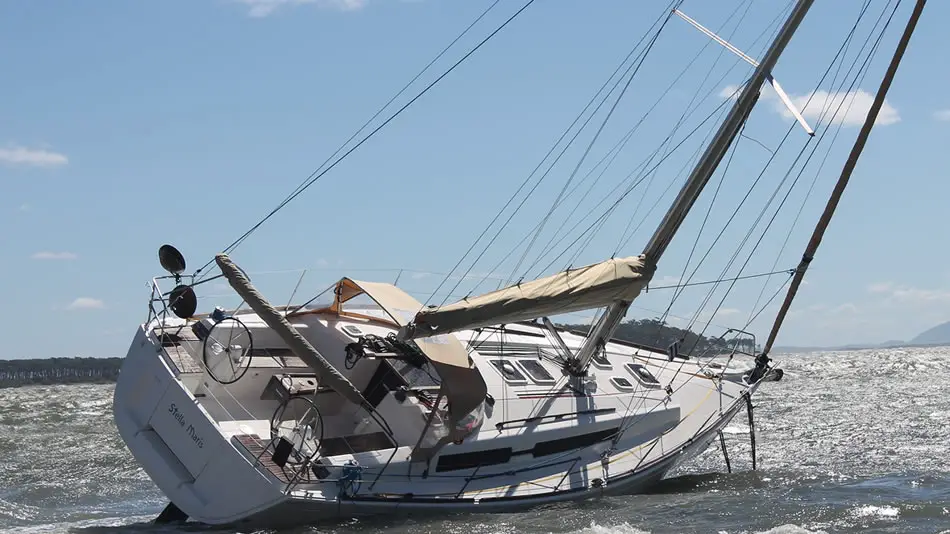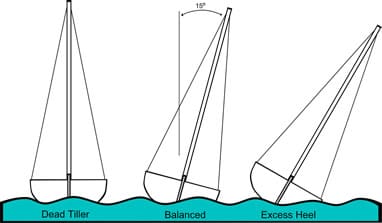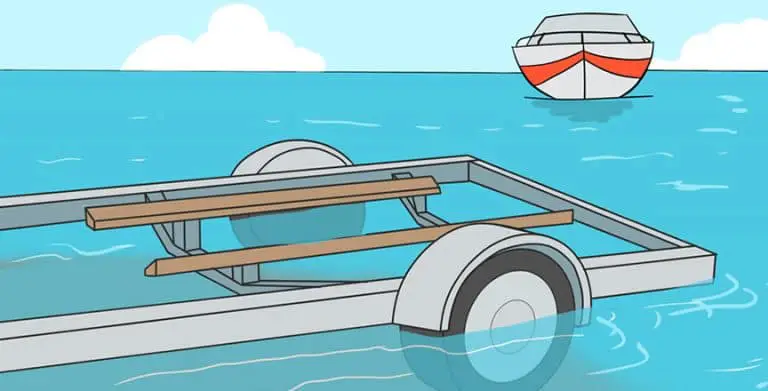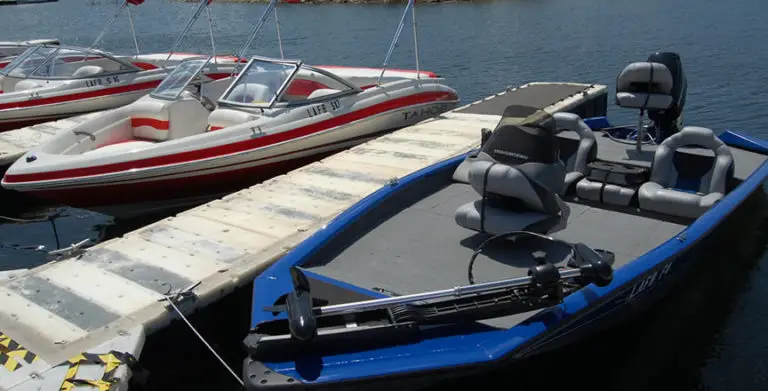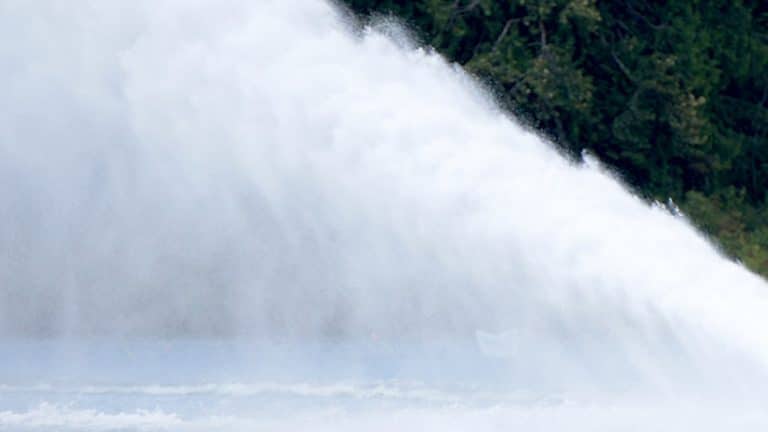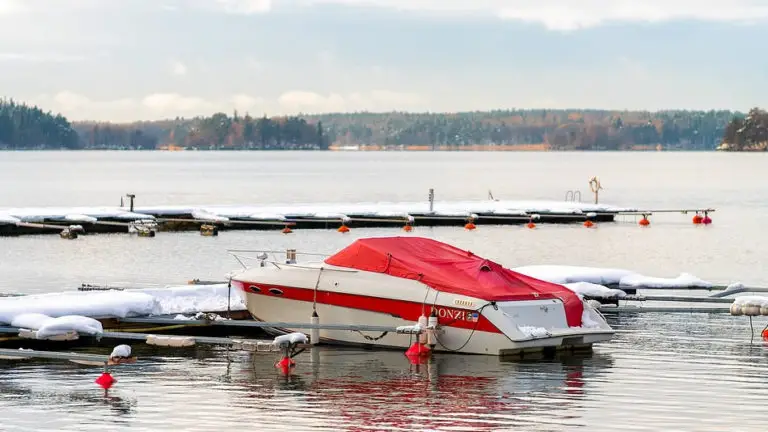Can a Sailboat Tip Over? How to Avoid it From Happening
While out sailing across the sea with a friend, some thoughts came to my mind which I was unable to get away from. Can this sailboat tip over? What can cause it to tip over? Is there anything I can do to prevent it? These were the questions that kept asking myself over and over.
Most large sailboats are highly balanced due to the weight of the keel. It is tough for a wave or a storm to tip it over because it’s designed to withstand any imbalance that may arise. Small sailboats, on the other hand, are highly acceptable to tipping over due to their design, the keel is much lighter than a larger sailboat which makes them more likely to be tipped over in high winds or large waves.
Capsizing is most common in small sailboats and canoes.
What Is It Called When a Boat Tips Over?
Just in case the concept of tipping over has not been understood, it means when a boat or ship (or any water vessel) is turned on its side or is turned upside down when it is in the water. In simple terms, it is called capsizing or keeling over.
To correct this, you have to undergo another procedure called righting, which is merely the act of reversing a capsized vessel in the water. Some boats are self-righting, meaning that they can right themselves when they capsize. Many boats like sailboats and lifeboats have this ability to self-right and prevent tipping over completely embedded within them.
The concept of self-righting is one that has been around for quite a while and involves using the low center of gravity of the boat as well as the buoyancy of a watertight cabin on the ship for a successful application. When these two factors are considered, it makes it easy for the boat to tip over or capsize.
Ballasted boats like sailboats and yachts have these features embedded within them, and that it is why it is very difficult for them to capsize or stay capsized. However, it is important that you understand why capsizing happens, so that you can prevent them, just in case there is a tiny chance of your sailboat capsizing.
What Is Most Likely To Cause a Capsizing?
Now that capsizing and keeling over have been well defined, we are going to find out the most common reasons why boats capsize so that you can avoid it for your boat.
According to reports by the Coast Guard, boat capsizing is the cause of the highest number of boat accident injuries and deaths, making it the number one causes of boat accidents in the country. It is therefore important that you understand how capsizing is caused.
Here are some of the reasons why a boat will keel over or capsize:
- Operational mistakes: An inexperienced sailor could veer the ship to the right or left too quickly, or misuse the anchor. By doing this, he or she could cause the boat to go off balance easily and lose its stability. Loss of stability is the most common cause of capsizing every year.
- Uneven distribution of weight: One of the easiest ways to cause instability is to distribute the weight in the boat unevenly. Always ensure you distribute weight on the ship evenly to prevent tipping the boat over due to instability caused by uneven distribution of weight.
- Modification on the boat can affect its stability: Any modification to the boat which increases the center of gravity will make the boat unstable. For instance, a small tuna tower can easily increase the center of gravity of the ship and make it unstable.
- Speed: Speed is another fault of the operator of any boat. It is also a common reason why boats capsize and flip over. When driving boats at top speed, it makes it much more difficult for the operator to control the ship, and much easier for the ship to tip over.
- Flooding: Flooding could be caused by internal or external reasons and can be very dangerous to any kind of boat. Flooding can cause a boat to capsize as it will reduce the buoyancy of the vessel.
- Cargo issues: When you have cargo that is not well placed and secured on your boat, it can cause a heavy listing which will lead to progressive rolling, and that will increase the chance of your vessel capsizing. What you should do is to ensure that your cargo is well placed and secured on your vessel.
- Bad Weather: Heavy rain and wind could play a role in capsizing your ship. Make sure that your drain holes are clear and that there is no debris blocking the water from draining. A sudden squall can cause your boat to flip over, so before you set out on your voyage; check the weather forecast and be sure of the weather condition.
Next, we will see how we can stop a boat from capsizing.
What Can You Do To Prevent Your Boat From Capsizing?
Here are a few things you can do to help prevent or stop a boat from capsizing:
- The first thing you need to do is remain calm.
- Reduce the weight on the boat and remain low and center. Make sure the weight throughout the boat is distributed evenly.
- When turning, take turns wide and at a safe speed to avoid a sudden imbalance.
- Always keep three points of contact with the boat while moving around.
- Take waves head-on with the bow.
To avoid capsizing a sailboat you should prevent the following:
Instability: To prevent your sailboat from capsizing, you need to avoid instability in the boat. Instability can be caused by too much weight in the boat. Ensure you do away with any unnecessary weight on board.
What Do You Do If Your Boat Capsizes?
If you’re in a boat that capsizes, there are a few things that you can do.
- Remain calm to preserve energy.
- You should already be wearing a life jacket, but if you are not, look around and try to find something buoyant that you can use to stay afloat. Most of the time when a ship capsizes it will still be sticking out of the water, so you can use that to float if needed.
- Make sure everyone else on board is accounted for by doing a head count and check that they have something to keep them buoyant and floating.
- If you can, try to roll the boat back over.
- If you cannot roll the boat back over, you should stay with it unless it’s heading towards a hazard such as a waterfall.
- Try to get on top of the boat and out of the water. Doing so will help preserve your energy and slow down hypothermia.
- Try signaling for help.
Do All Sailboats Have a Keel?

Now to the main question: Do all sailboats have a keel? Yes. All sailboats are made up of at least one keel. The keel is a secret weapon below the deck that prevents the boat from being dragged sideways through the water. The force in the keel, when combined with the force on the sail ensures that the sideways forces are canceled out and that the boat moves forward instead of tipping over or capsizing.
The keel (or keels) is, therefore, an essential part of any boat and is a part of all sailboats.
There are several types of keels in sailboats. Each keel posses a specific name and shape as well as different pros and cons.
Fin keel: A fin keel is shorter and deeper in length relative to the overall length of the hull, and it is well separated from the rudder.
Full-length keel: This type of keel is often found on traditional sailboats. They make use of length rather than depth to provide lift and ballast for the hull and they are often attached to the rudder,
Winged keel: Winged keels are generally found on high-performance sailboats, and they often help to reduce the drafts on cruising boats. The wing often pokes out from the main keel located at the tip.
Bilge Keel: Sailboats that have Bilge keels can stand upright on the sand at low tide. They are commonly used in places with high tidal ranges.
Centerboard: They are not a keel, but they are often used in place of a keel. They can be easily lowered or raised by the crew. When raised, they cause a reduction in the draft and wetted surface. When lowered, they perform all the benefits of a keel.
How To Avoid Capsizing a Sailboat
You would not need to right a boat or deal with the consequences of a capsized boat if you were to take some precautions that would prevent the boat from tipping over in the first place. Prevention is always better than cure, so it is important that you take note of all the tips mentioned here and implement them before you set sail to prevent capsizing.
Some of the tips are:
- Do not overload your boat: Ensure you do not add one pound more than the required weight your boat can carry. Take note of the passengers and cargo weight you can carry, as well as any other additional items any of the passengers could bring on board later. Remember that the floatation of a boat is only possible if the weight is equal to the amount of water displaced. If the weight is more than the amount of water displaced than you will capsize the boat.
- Spread weight evenly: Be careful to ensure that the weight of your cargo and passengers are well balanced. Do not place cargo in one side while leaving the other side free as this may lead to an imbalance which will cause the boat to tip over. Also, make sure your passengers are not sitting too close to each other on either side of the boat or at the back of the boat.
- Take slow bends: When turning, do not let the excitement of driving a boat cause you to increase or maintain the speed at which you are driving. When taking a bend, you should reduce your speed considerably as sharp turns could lead to tipping over your boat. If your vessel is small, you should take an even slower turn.
- Do not ride in bad weather: It doesn’t matter how big or small your boat is, riding in bad weather is never a good idea. You should, however, understand that a bigger boat has the power to handle bad weather when compared to a smaller boat. Bad weather is a bad idea for boating because big waves and strong winds are dangerous to your boat and can easily flip it over or fill it with water, causing your vessel to capsize. If you do find yourself in a situation where the weather is terrible, try to get yourself back to land.
- Do not drive if you are impaired: If you are intoxicated or in no condition to drive due to an impairment temporarily or permanently, do not boat. Intoxication slows down your response speed. You also tend to make the wrong decisions when you are intoxicated like bending while speeding. Unless you have experienced hands around you that can take over when you get a bit tipsy, do not drink at all on a boat.
How Far Can a Sailboat Heel?
A boat is said to heel when it tips slightly to one side without capsizing due to the force of wind or other external forces. It is different from “list” in that listing involves the tipping of a boat due to internal forces.
Sailboats are scientifically designed to heel and are therefore almost impossible to capsize. This is because when the boat heels, it presents a lower surface area to the wind, reducing the pressure on the wind.
How far a sailboat can heel is different for each sailboat, but ideally, every sailboat should be able to heel within the range of at least 10 to 30 degrees.
Why Don’t All Sailboats Capsize?
To stop a sailboat from capsizing several preventive and corrective measures must be put in place. To prevent a boat from capsizing requires some features which must come with the boat during its design phase. We will take a look at these preventive measures before we move to the ways in which we can correct it.
Sailboats are designed in such a way that allows them to be driven by sails. The presence of sails above the boats causes a sideways and a forward force, these forces are as a result of the wing-like shape of the sails. So, a sailboat is always driven by two types of forces. The sailboat designer must ensure that the boat is designed in such a way that allows the boat to remain upright even under the influence of the sideways force. To achieve this, the following must be put in place.
The hull must be made wider: When the hull is made wider, this will provide sufficient initial stability which is enough to resist the boat capsizing. Apart from making the hull wider, adding additional supporting hulls will also provide more stability.
Addition of weighted ballast: The addition of weighted ballast will result in an increase in stability and buoyancy of the boat. Because sailboats often have keels attached underneath them to keep the boat from sliding sideways.
